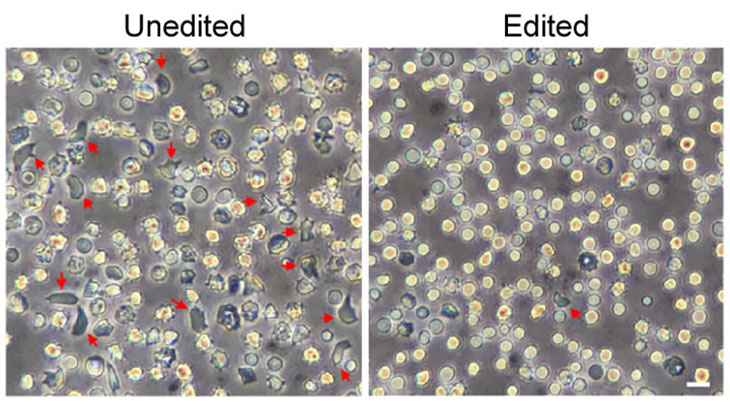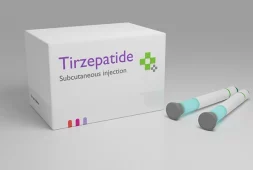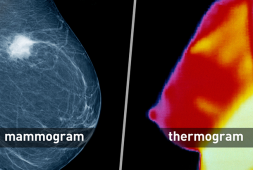
The groundbreaking advancement in medical science has arrived as the first FDA-approved CRISPR treatment, named Casgevy and developed by Vertex Pharmaceuticals, offers a promising prospect for hundreds of African Americans suffering from sickle cell disease. After years of capturing continuous headlines and undergoing trials, this CRISPR product has now transitioned from experimental stages to a tangible therapeutic option.
CRISPR, a revolutionary gene-editing technology, works by modifying the genetic code within the body’s own stem cells. This approach holds immense potential for treating conditions stemming from defective or mutated genes. In the context of sickle cell disease, a genetic adaptation in Homo sapiens evolved over time to provide protection against the malaria parasite prevalent in the African continent.
Despite the evolutionary advantage, the sickle cell gene can give rise to a debilitating disease affecting over 100,000 Americans. Individuals afflicted by sickle cell disease often endure excruciating pain and face a shortened lifespan due to the abnormal structure of red blood cells. Now, with the approval of Casgevy, a new era of hope emerges for those grappling with the challenges imposed by sickle cell disease, particularly within the African American community. This marks a significant milestone in the application of CRISPR technology, paving the way for transformative treatments and potentially altering the landscape of genetic medicine.
“It’s been really remarkable how quickly we went from the actual discovery of CRISPR, the awarding of a Nobel Prize, and now actually seeing it being an approved product,” said Dr. Alexis Thompson. She is the chief of the division of hematology at Children’s Hospital of Philadelphia. She also has previously consulted for Vertex.
Historically, the sole recourse for addressing sickle cell disease involved a bone marrow transplant sourced from a donor. However, this method posed significant challenges, including the substantial risk of immune system rejection, compounded by the difficulty of locating a suitable donor.
Despite being labeled as a one-time intervention, the procedure necessitated numerous individual appointments, each characterized by its own degree of discomfort. Notwithstanding the inherent challenges, a recent report by NBCfeatured a woman who expressed a profound sense of having been granted a renewed lease on life. Consequently, she now enjoys the ability to engage in activities, such as running and going to the gym, that were previously beyond her reach. This development underscores the transformative impact of innovative treatments on the lives of individuals grappling with sickle cell disease, offering them newfound freedoms and opportunities for a more active and fulfilling existence.
“I’m just like a regular person. I wake up and do a 5K. I lift weights. If I wanted to swim, I can swim. I’m still trying to know how far I can stretch it, like what are all the things I can do,” said 29-year-old LaRae Morning.
She wholeheartedly advocates for the utilization of the treatment, even though the administration process may be painful. Awarded the Nobel Prize in Chemistry in 2020, CRISPR stands at the forefront of scientific advancement. However, its cutting-edge nature does not come without a hefty price tag, with Casgevy demanding $2.2 million.
Despite the substantial cost, the potential benefits are significant. NBC reports that, due to its ability to avert years of medical care, some portion of the expense is likely to be covered by insurance. Thus, while the upfront investment may be substantial, the long-term advantages and potential insurance coverage make CRISPR an option worth considering for those who have the choice.



